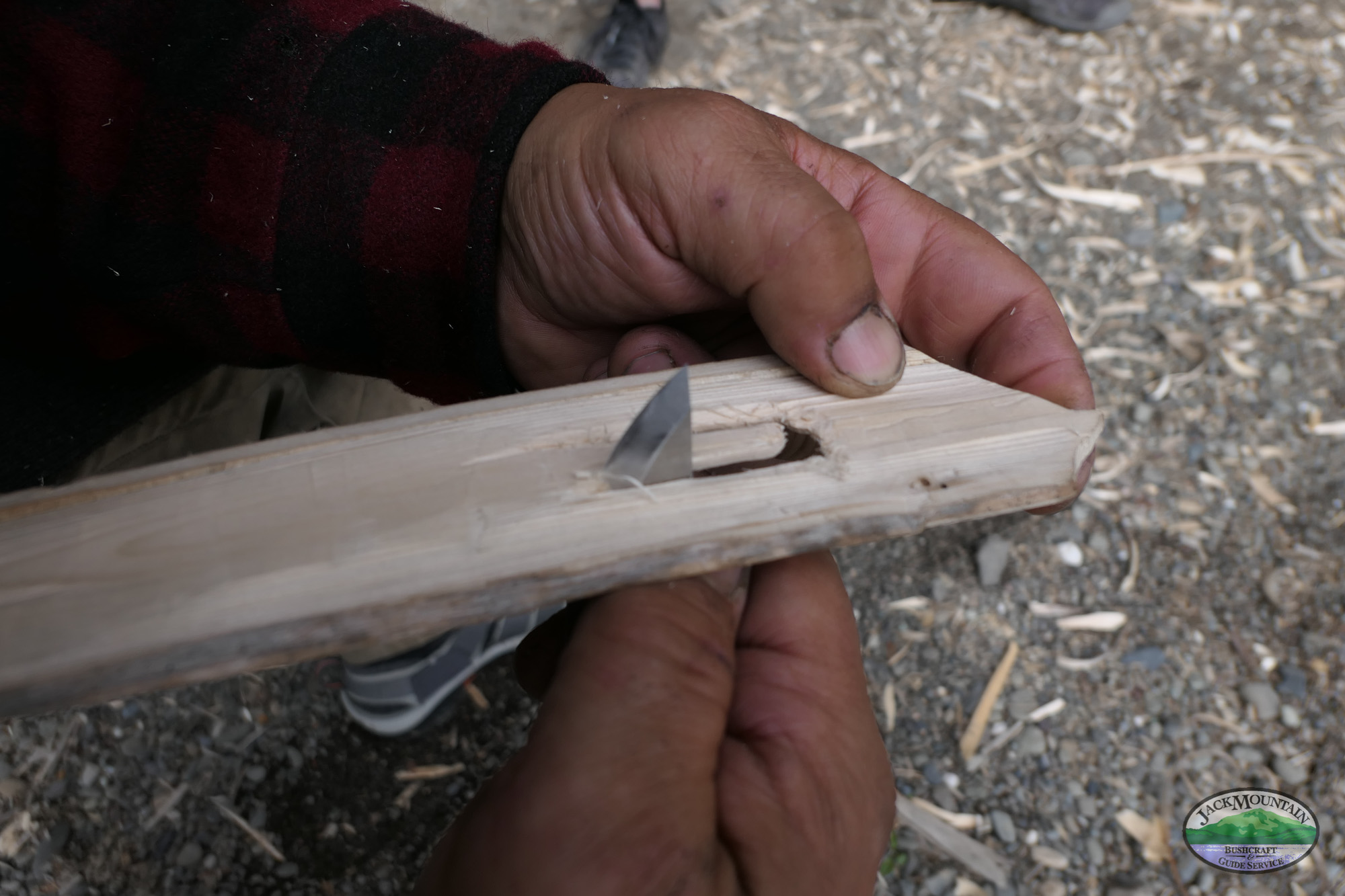In order to work with our new tablet-based digital assessment system, we’re adding a tablet that can run Google Docs (or a similar phone with an external keyboard) to the gear list for our long-term programs. We’re also adding a personal battery that can be charged via usb to keep your device charged.
While we recommend a personal solar panel as a long-term solution to keeping your things charged, we will be providing the solar panels at the field school for students to use. However, students will still not have access to the solar power system used to run our office in the Guide Shack.
New Solar Charging Stations: This summer we’ll be adding several solar panels outfitted with female usb charging adapters made by Cutting Edge Power.
We recommend that students charge their batteries from these, then use their batteries to charge their devices and not charge devices directly. We make this recommendation because in talking with past students we’ve heard stories of devices getting fried (becoming inoperable) as a result of attaching them directly to solar panels due to fluctuating voltage.
Why this setup? The weak point in any off-grid solar system is the batteries. In the past we’ve set up an off-grid system with a large 12-volt battery, but there was always more demand than there was available power. As a result, it was discharged too much and subsequently held less of a charge. It was also not portable and couldn’t be moved without a lot or work. So we’re shifting the burden of owning and keeping the batteries charged onto the students. This also allows the batteries to be portable and travel with the students wherever they go, as well as decentralize the charging stations.
The system will also teach students the realities of off-grid living. There are hard limits to the amount of power available when relying on the sun to provide it. If we get a string of days without direct sunlight, it is more challenging to keep batteries charged, and as a result use of devices should be minimized. Similarly, if a student wants to keep power-sucking devices (such as older laptops) charged, there may be a need for multiple batteries.
Moving to a digital assessment system in the spring of 2019 was a huge step forward for us. Keeping tablets charged in order to pull it off is the next challenge we face. This system will address that challenge.
Required And Recommended Gear
Battery: I’ve used this battery from RavPower to keep my things charged on expeditions for the last few years and recommend it. It holds a bunch of power in a small package and charges via USB. Please note that the only requirement for a personal battery is that it charges via USB because that is how the system is setup to deliver power from the solar panels.
Tablet: Any tablet or phone that can run Google Docs will work. There is no wifi at the field school, so you will have to download the student packet prior to the course. However, there is great cell coverage at the field school, so phones that double as hotspots or tablets that work with cell coverage can keep your portfolio updated. There is wifi in town at the Ashland library, as well as other spots. We’ve chosen a tablet over a laptop because of the extra power needs of laptops. We’re looking for the device that will do what we need it to do and consume the least amount of power in doing so. Any modern tablet will work, as will most older, refurbished tablets such as older Ipad and Android models that can be purchased for less than $100. Again, the only requirement is that they are able to run Google Docs, which is the platform for our assessment system. Our instructors are not up to date on every model of tablet and whether they will run Google Docs, so if you have questions as to whether a specific model will work for what you need it to do, post them to internet forums or ask the manufacturer.
Keyboard: If you plan to use a phone to work on your student portfolio, or if you’re like me and have a difficult time typing on a tablet, consider an external bluetooth keyboard. They cost less than $20, consume minimal power and will greatly speed up your workflow.
Get It Working At Home: As with any gear you plan to bring to the course, please get it and use it at home first. Don’t have the new stuff delivered here, only to find out you can’t make it work. You should know how long it takes to charge the battery with a regular outlet, and how many charges of your device you can get from a full battery. We will be in touch with registered students to make sure they have downloaded the student Google Docs packet to their device and made it available offline, with instructions on how to do so, a few weeks before the course.








